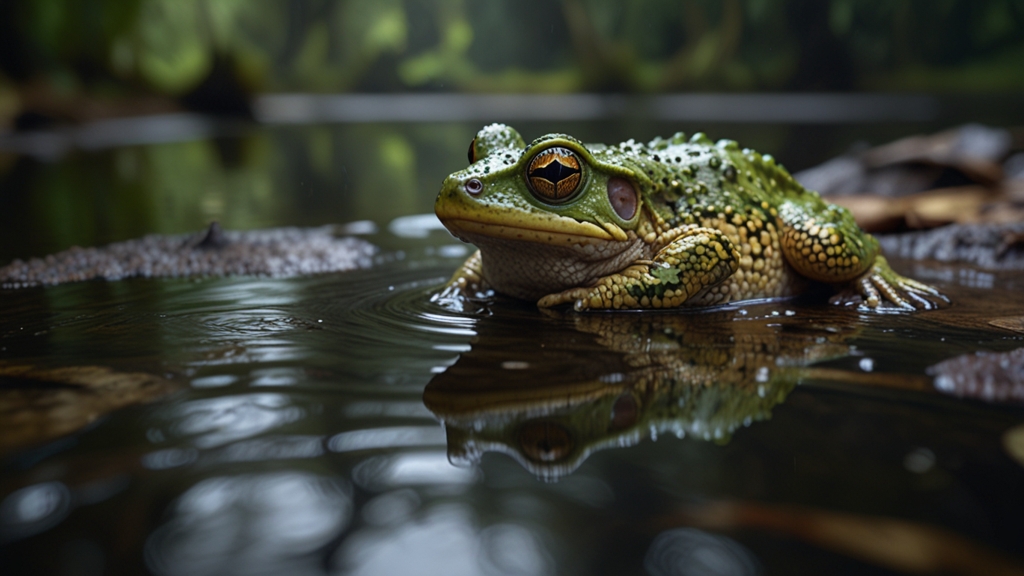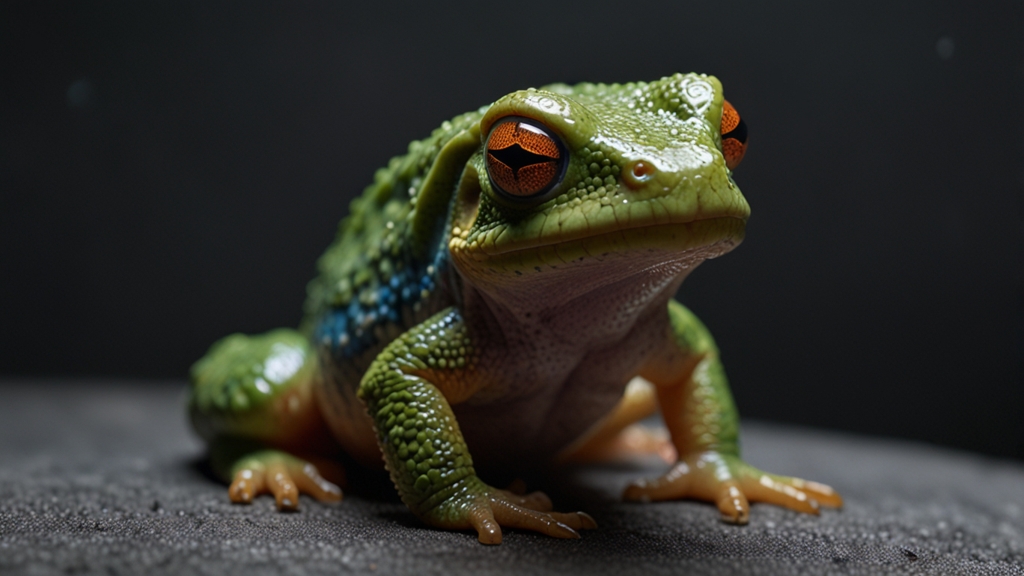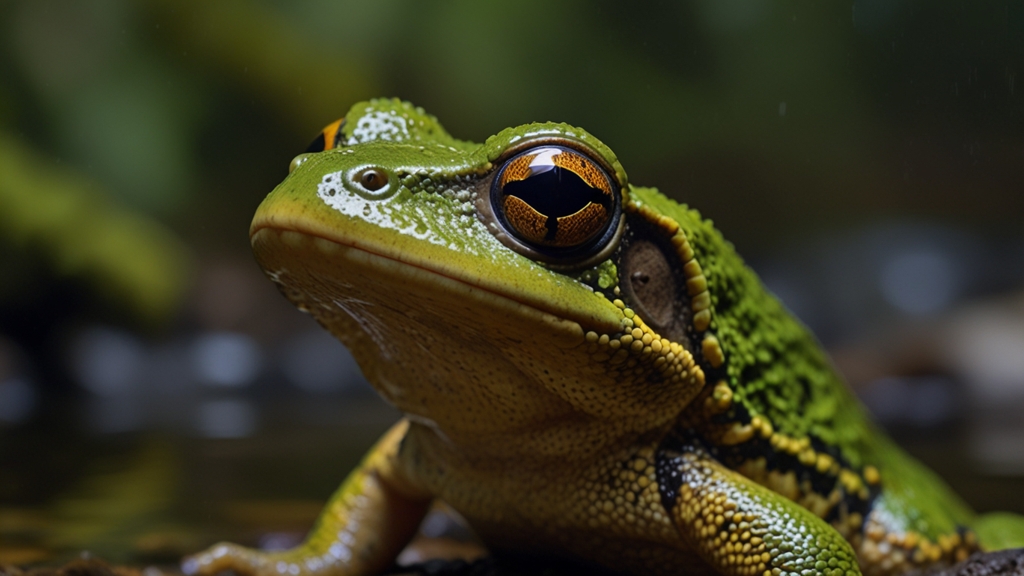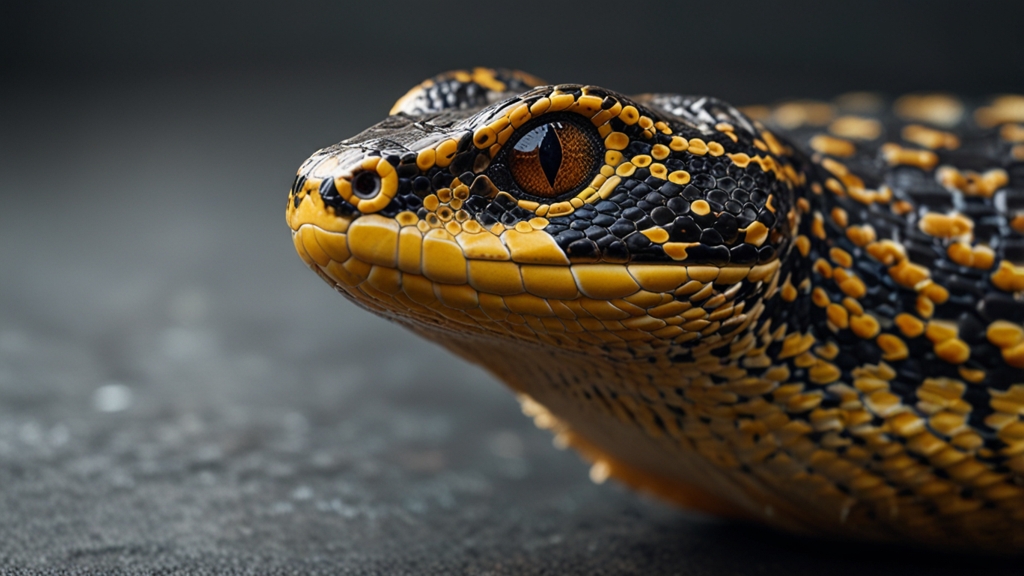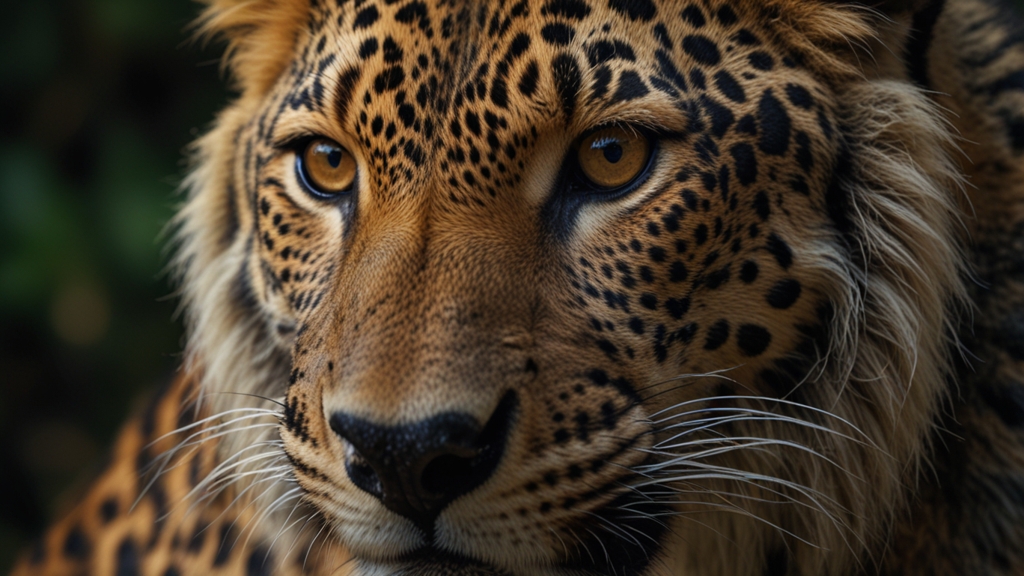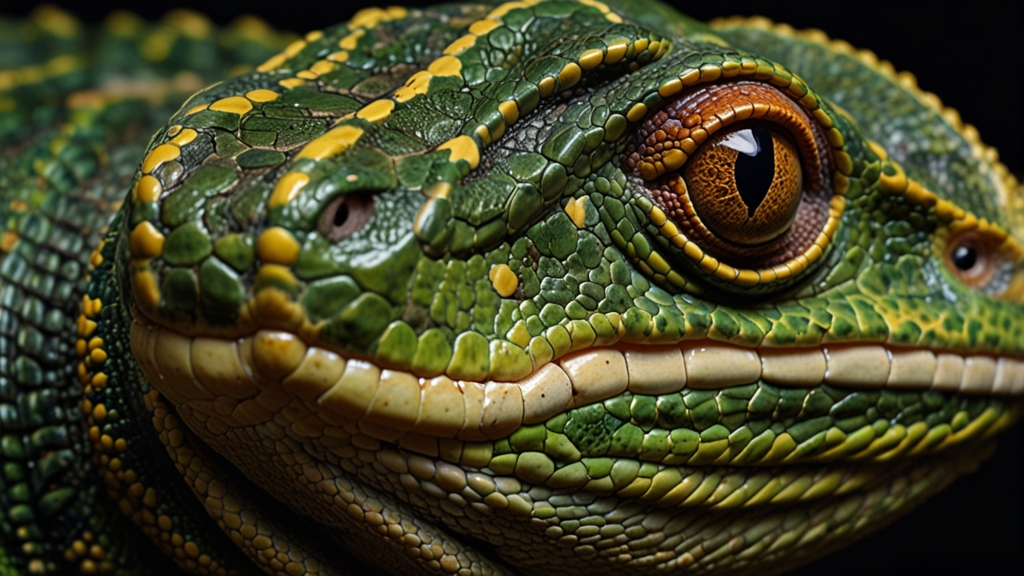From Rainforests to Swamps: The Amphibians You Can't Ignore
Amphibians are a fascinating and diverse group of animals that can be found in a wide variety of habitats across the globe, from lush rainforests to murky swamps. These remarkable creatures have evolved unique adaptations that allow them to thrive in both aquatic and terrestrial environments, making them crucial members of their ecosystems. In this article, we will explore some of the most intriguing amphibians that inhabit these diverse habitats and highlight their importance in the natural world.
Rainforest Dwellers
The rainforests are teeming with life, and amphibians are no exception. These dense and humid environments provide the perfect conditions for a wide variety of amphibian species. One of the most well-known rainforest amphibians is the red-eyed tree frog (Agalychnis callidryas). With its vibrant green body, striking red eyes, and blue and yellow sides, the red-eyed tree frog is a charismatic icon of the rainforest.
Another fascinating rainforest inhabitant is the poison dart frog. These tiny, brightly colored frogs belong to the family Dendrobatidae and are known for their potent toxins. Indigenous peoples have used these toxins to poison the tips of blowdarts for hunting, giving the frogs their name. Despite their small size, poison dart frogs play a significant role in the rainforest ecosystem by helping to control insect populations.
“The intricate web of life in the rainforest is anything but simple. Each species, no matter how small, plays a crucial role in maintaining the balance of this complex ecosystem.”
Swamp Inhabitants
Swamps and wetlands are another vital habitat for amphibians. These areas are characterized by their slow-moving or stagnant waters and abundant vegetation, providing ample resources and hiding spots for amphibian species. One of the most iconic swamp-dwelling amphibians is the American bullfrog (Lithobates catesbeianus). Known for its deep, resonating call, the American bullfrog is a formidable predator that can consume a wide variety of prey, including insects, small mammals, and even other amphibians.
The eastern newt (Notophthalmus viridescens) is another intriguing species commonly found in swamps. This amphibian has a complex life cycle that includes aquatic larval, terrestrial juvenile (known as the eft stage), and aquatic adult stages. The presence of eastern newts in swamps is an indicator of a healthy wetland ecosystem, as they are highly sensitive to environmental changes and pollution.
“Wetlands are among the most productive ecosystems in the world, and amphibians are key indicators of their health. Protecting these habitats is not only crucial for amphibians but for countless other species as well.”
The Role of Amphibians in the Ecosystem
Amphibians play several crucial roles in their ecosystems. They are both predators and prey, acting as critical links between different trophic levels. By consuming insects and other small animals, amphibians help regulate populations and maintain the balance of their ecosystems. Additionally, their permeable skin makes them highly susceptible to environmental changes, making them important bioindicators. The presence or absence of amphibians can provide valuable insights into the health of an ecosystem.
Unfortunately, amphibians are facing significant threats worldwide. Habitat destruction, climate change, pollution, and diseases such as chytridiomycosis have led to alarming declines in amphibian populations. Conservation efforts are essential to protect these incredible animals and the ecosystems they inhabit.
Conclusion
From the vibrant rainforests to the serene swamps, amphibians are remarkable creatures that capture our imagination and play vital roles in our ecosystems. Understanding and protecting these animals is crucial for maintaining the health and balance of our natural world. By appreciating the unique adaptations and contributions of amphibians, we can better appreciate the delicate web of life that sustains us all.
“Amphibians remind us of the intricate connections within our ecosystems and the importance of preserving the delicate balance of nature for future generations.”
